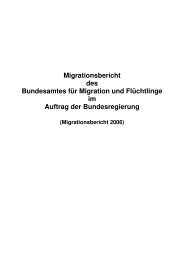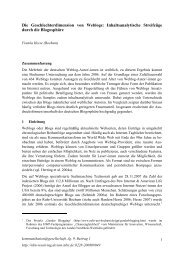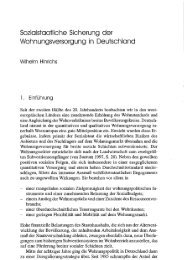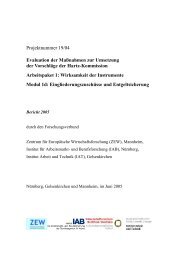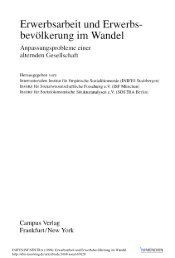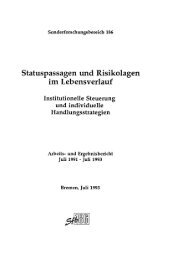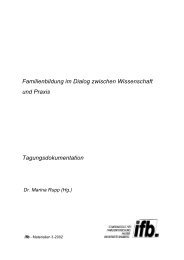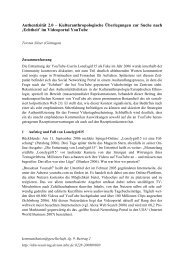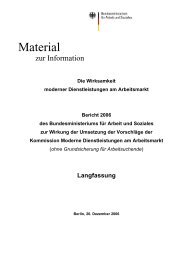Public Financial Management for PRSP - Deutsches Institut für ...
Public Financial Management for PRSP - Deutsches Institut für ...
Public Financial Management for PRSP - Deutsches Institut für ...
Create successful ePaper yourself
Turn your PDF publications into a flip-book with our unique Google optimized e-Paper software.
Stefan Leiderer et al.<br />
Box A 1:<br />
Triangulation and Theoretical Coding<br />
Triangulation means that data are compared with each other that have been generated<br />
on the same case or issue either by different researchers (investigator triangulation),<br />
by using different methods <strong>for</strong> data collection (between-method triangulation)<br />
or by using different kinds of data (data triangulation) (Flick 2000). Triangulation<br />
serves three different purposes in qualitative analysis. It helps to validate the data to<br />
some extent, it supports the careful generalisation based on the data and finally, it<br />
helps to differentiate the analytical findings.<br />
The process of ‘theoretical coding’ also involves the constant comparison of data<br />
<strong>for</strong> the purpose of analysis. ‘Coding’ refers to the analytical process of structuring<br />
raw data in categories of analysis by attaching codes to certain sections of text, e.g.<br />
transcripts. Although these codes can also be deducted from theory, an open qualitative<br />
analysis usually starts with developing codes at an analytical level according to<br />
what phenomena can be found in the text. Three different steps of coding are usually<br />
distinguished in grounded theory (Strauss 1998; Böhm 2000):<br />
• Open coding: The researcher starts with this mode of coding. It is the procedure<br />
by which preliminary categories are developed based on the constant<br />
comparison and examination of data. The same codes are attached to the same<br />
phenomena and attributes that constitute the phenomena are defined. Open<br />
coding is used to structure the data into categories.<br />
• Axial coding: The researcher continues to code but by paying particular attention<br />
to the relations between selected categories. Categories and sub-categories<br />
are identified and related to each. A preliminary theoretical framework begins<br />
to emerge from this system of categories.<br />
• Selective coding: The researcher identifies and concentrates on one or more<br />
‘core categories’ and relates all the other categories to them. This mode of coding<br />
often contains a significant refinement of the other categories. The core<br />
categories identified usually <strong>for</strong>m the central concepts of the analysis.<br />
Researchers often switch from one mode of coding to another during analysis. Furthermore,<br />
coding starts as early as the first data is collected, data collection and<br />
analysis are there<strong>for</strong>e not separate processes but connected with each other in a<br />
circular process. In the course of data, a network of categories develops, ‘grounded’<br />
in empirical data, but <strong>for</strong>ms an analysis at a more theoretical level.<br />
164 German Development <strong>Institut</strong>e




